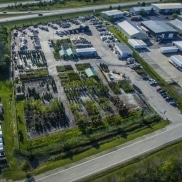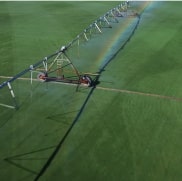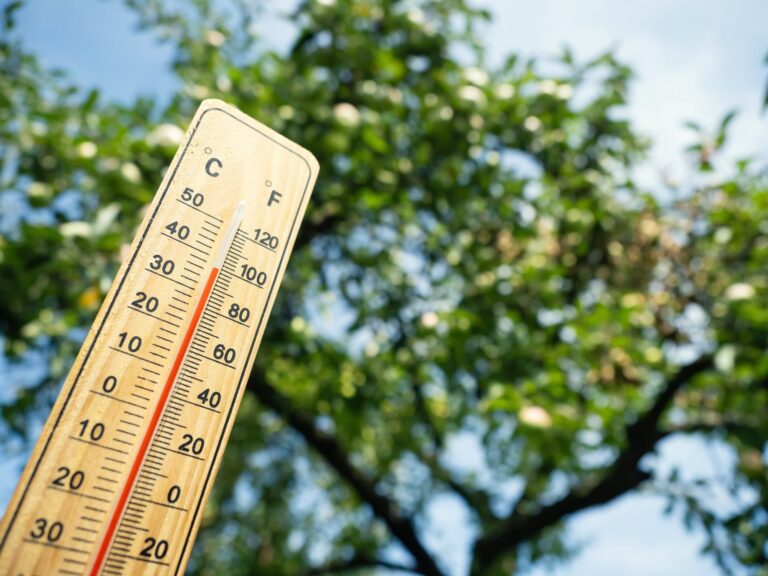You may have read recently about a new federal order put in place by the USDA prohibiting the importation of all Buxus, Ilex, and Euonymus species from Canada until further notice. Perhaps you are wondering why this might be. The U.S. Department of Agriculture’s Animal and Plant Health Inspection Service (APHIS) confirmed the introduction of an invasive pest, the box tree moth (Cydalima perspectalis), into the continental United States via nursery plants imported from Ontario, Canada. The goal of this order is to work towards containing and eradicating this damaging pest.
Why is it so important to act quickly to do whatever we can to minimize the spread of this insect? If the box tree moth is left unchecked, it has the potential to significantly damage and even kill boxwood plants. The caterpillars feed primarily on boxwood but can also harm related species, like Ilex and Euonymus. They start by feeding on foliage, but if infestations get heavy enough to defoliate an entire plant, the larvae will also feed on the bark, which can lead to girdling of the plant and eventually death.
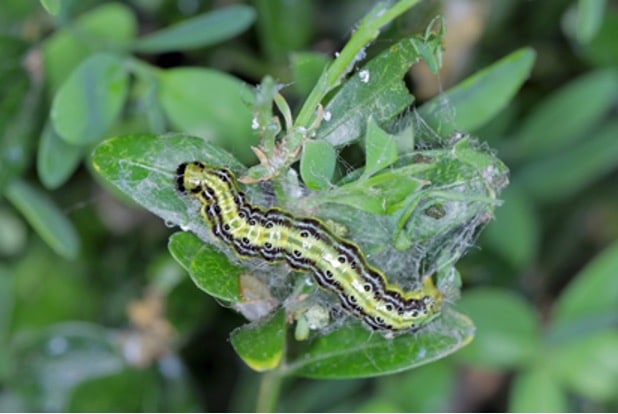
To determine if there is a box tree moth infestation, there are a few things you can look for – damage, the larvae or caterpillar, and/or the moth. The signs of damage can go unnoticed early in the infestation as young larvae hide among the twigs and leaves and use webbing to conceal themselves. While it may be difficult to find the larvae, which are green to yellow in color with a black head, spotting this webbing or the frass may help lead you to the infestation. The damage created by the larvae will appear as bleached white leaves and will be only on one side of the leaf. During your inspection, you might also find pale yellow egg masses in clusters of 5 to 20 on the underside of leaves.
The easiest sign to spot due to its size, 1.5 – 2 inches, is the box tree moth itself. Generally, the moth has a white body with a brown head and abdomen. The wings are typically white and slightly iridescent with an irregular brown border but can also be completely brown with a small white streak. Male and female moths can show both colorations.
Though the box tree moth is new to many of us in North America, they have been around for more than a decade in Europe, originating in the temperate and subtropical regions of Asia. Arriving in Europe, again via the nursery trade, sometime around 2007, the impact has been very damaging to boxwood in the landscape. Since its introduction, it has rapidly spread throughout Europe, Western Asia, and Northern Africa. From Europe, it made its next jump, this time to Canada, where it was first documented in 2018.
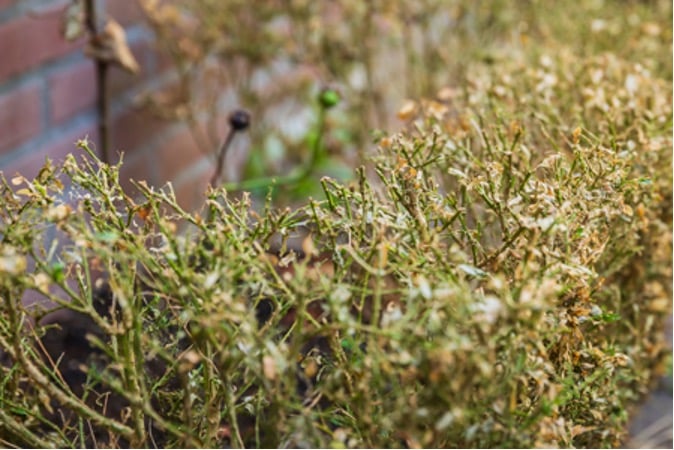
After making its way across the ocean and into an urban neighborhood in Toronto two years ago, it was only a matter of time before it arrived in the United States. Unfortunately, that time is now. Between late 2020 and earlier this spring, a nursery in Ontario shipped boxwood that may have been infested to a number of retail facilities in six states, including Connecticut, Massachusetts, Michigan, New York, Ohio, South Carolina, and Tennessee. APHIS has, at this time, determined three facilities – one in Michigan, one in Connecticut, and one in South Carolina – where the pest has been found. It has also been determined that at least some of these plants have been sold to consumers, and while the pest is relatively easy to control in the nursery, it’s incredibly difficult to contain in the landscape. There will be initiatives put in place to trace the plants forward so that infected plants can be found and the pests eradicated before they can spread in the landscape.
So what should you do? How can you help?? Boxwood and related species can continue to be planted. The moth is still very new in the United States and hasn’t been found in our area. It would be wise to continue learning about this pest by reading other articles and keeping up with new information on box tree moth as it becomes available.
Here are a few links to other useful sources of information:
- USDA Pest Alert
- USDA Federal Order
- Canadian Blog Article on Identifying Box Tree Moth
- Preliminary Options for Managing Box Tree Moth
You should also report your findings if you suspect that you have found box tree moth. Contact your local extension office or State Plant Regulatory Offical. To locate an Extension near you, visit the USDA website at www.nifa.usda.gov/Extension. For a list of State Plant Regulatory Officials go to the National Plant Board website at www.nationalplantboard.org/membership.



